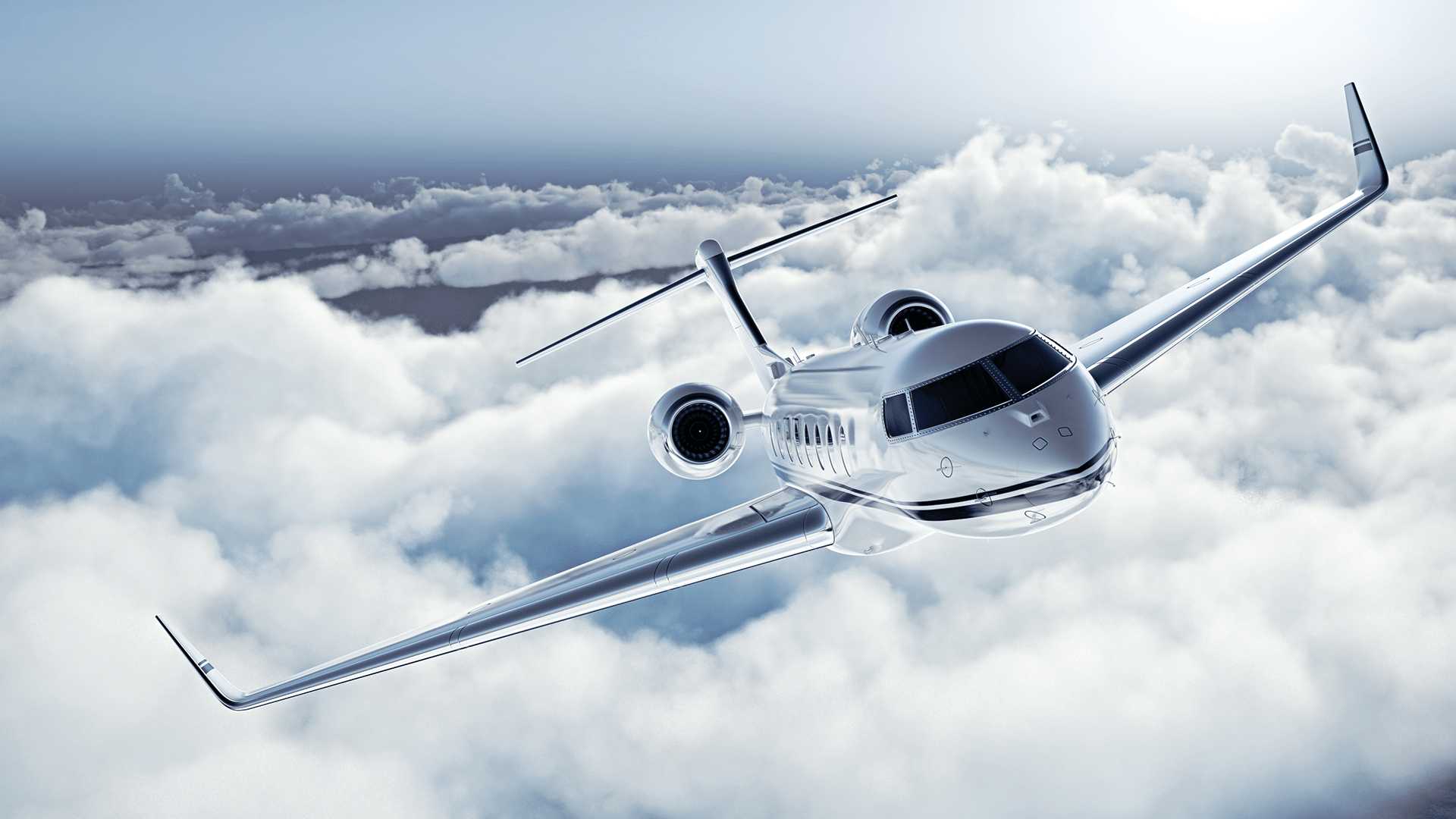
The manufacturing process of private jets is intricate and requires the utmost care when it comes to putting everything together. After all, these machines are supposed to take to the skies and fly on altitudes of thousands of feet with several passengers onboard. The fragility of a whole system can be understood by the fact that a bird stuck in the turbine of even the biggest commercial jets will be enough to bring the entire thing down. When they are flying, they experience forces in terms of air resistance and gravity that are many times what they would be on the surface of the earth. In order to keep these jets in the air, the material they are made of needs to be light in order to decrease the overall weight but also very strong in order to withstand the forces that they will bear.
The Start
In order to understand truly how this process works, one has to go back to the early days of the aircraft. Before World War I, airplanes were just something that could make you fly. They were a purer vision back then and thus were generally made from wood or canvas in order to make them as light as possible. Once the great war rolled around on the horizon, planes started to be made of aluminum or other metals that were much stronger. This is mainly due to the fact that they were reinvented as a war machine. They had to be strong in order to sustain enemy fire and in turn fire at the enemy as well.
By the time the second World War was in full swing, the battle in the air had become in many ways the most important avenue of War. The Royal Air Force of Britain fighting against the feared Luftwaffe of the Nazis was truly a sight to behold. The great defense that the RAF pulled against the Luftwaffe is considered by many to be the main reason why the Germans were not able to invade Britain itself. By this time, the piston aircraft had become very capable and much more powerful than before.
Behind the scenes, the jet engine was being developed and prepared for testing. This is the explanation of that exact process.

Fuselage Assembly
The first step in the process is the fuselage assembly. You can think of it this way, the aircraft is assembled from the back and then forwards. In the fuselage, you have the nose structure assembly, forward cabin assembly, aft cabin, and tailcone. First of all, the aft cabin barrel assembly is done. After that, the nose and forward cabin structures are paid due attention to. Basically, the three main fuselage sections, the nose, forward and aft cabin, and tailcone are assembled with the help of a fuselage assembly jig. First, the forward parts of the assembly are loaded. After that, parts that are on the back are loaded.
Tail Assembly
After that, the tail is to be assembled. The main parts of this assembly are the vertical fin, rudder, horizontal stabilizer, and elevators. The rudder is essentially the steering column of the aircraft, without it, you cannot point the aircraft in the direction you want it to go. The two elevators that are mounted on the horizontal stabilizer need to be there in order to control the vertical level of the nose. If you need the aircraft to go up, the elevators cause the nose to point upwards and it goes like that. The tail assembly is done after these requisite components have been installed. The rudder is generally recommended to be the last one installed and usually flight control systems are added along with it. After that, the tail is connected with the tailcone section.
Wing Assembly
These wings are the main reason that the aircraft is able to even fly. They give them their distinct shape. Interestingly enough, it also pulls them in parallel with nature’s own creatures who can fly, birds. There is a center wing, an outboard wing, and aileron and flap assemblies. The ailerons are the little flaps that are on the side of each wing and have the ability to move downwards. These are the main reasons why aircraft are able to make really steep landings.
Landing Gear
Any aircraft has two landing gears, the nose, and the central landing gear. If you have ever seen a plane land. The landing gear that is at the start of the plane is the one that is known as the nose landing gear while the landing gear that is in the middle of the body is the main landing gear. They are usually prepared separately and added later on when the fuselage and the wings are combined.
Powerplant-Jet Engine
Now the thing that gives it life, is the jet engine. These days, the usual setup is two turbofan jet engines. They are usually added with the help of nacelle assemblies on each side.
So, this is the very skeleton of the process of how private jets are manufactured. It is a process that is quite interesting, and you definitely need to get into more depth with it.


No Comments